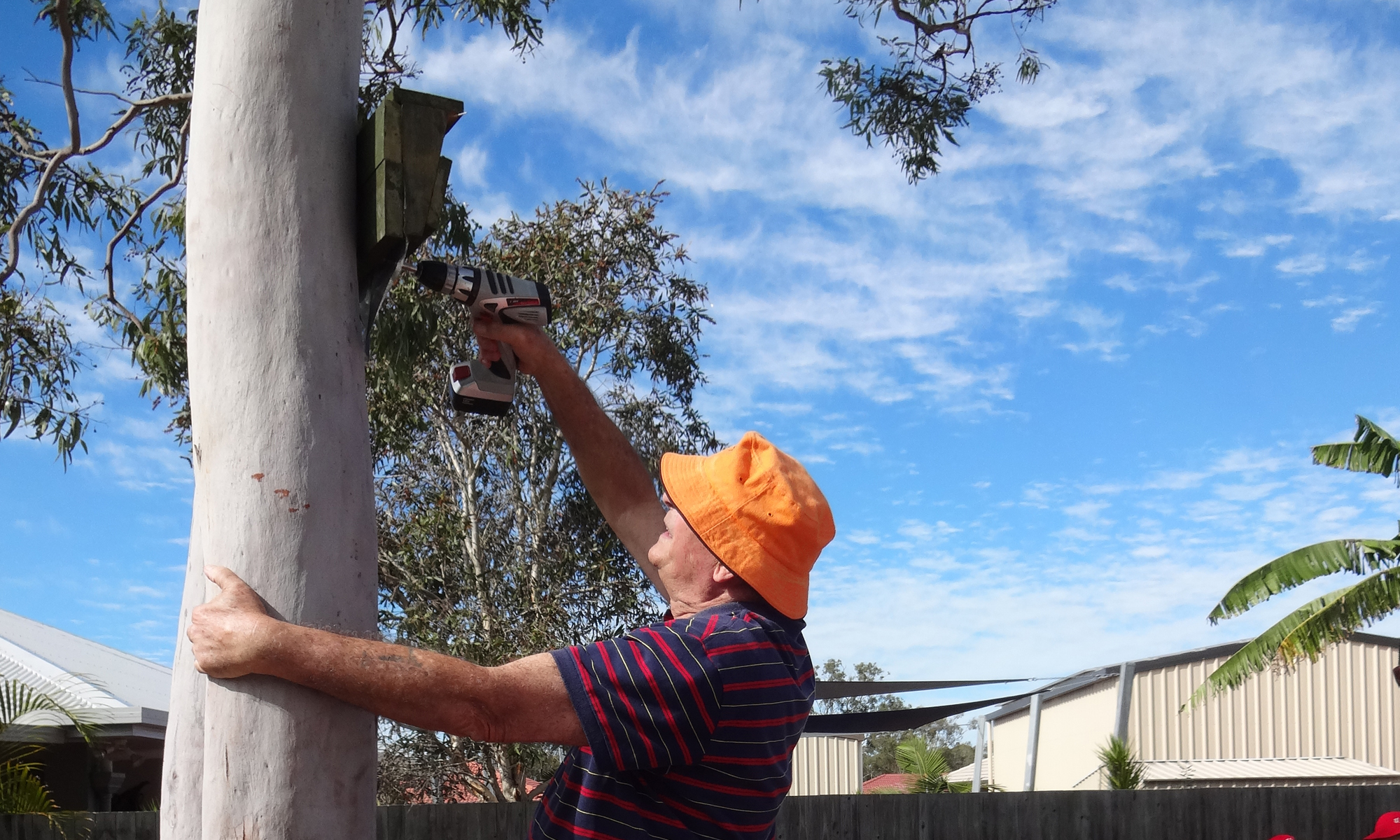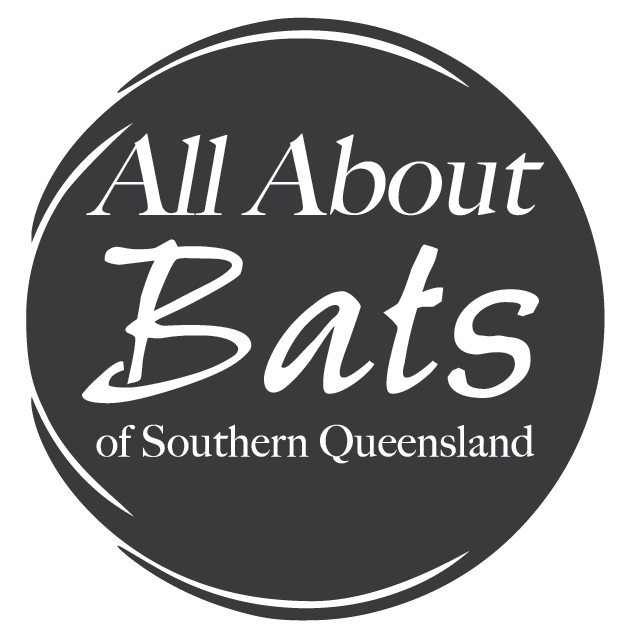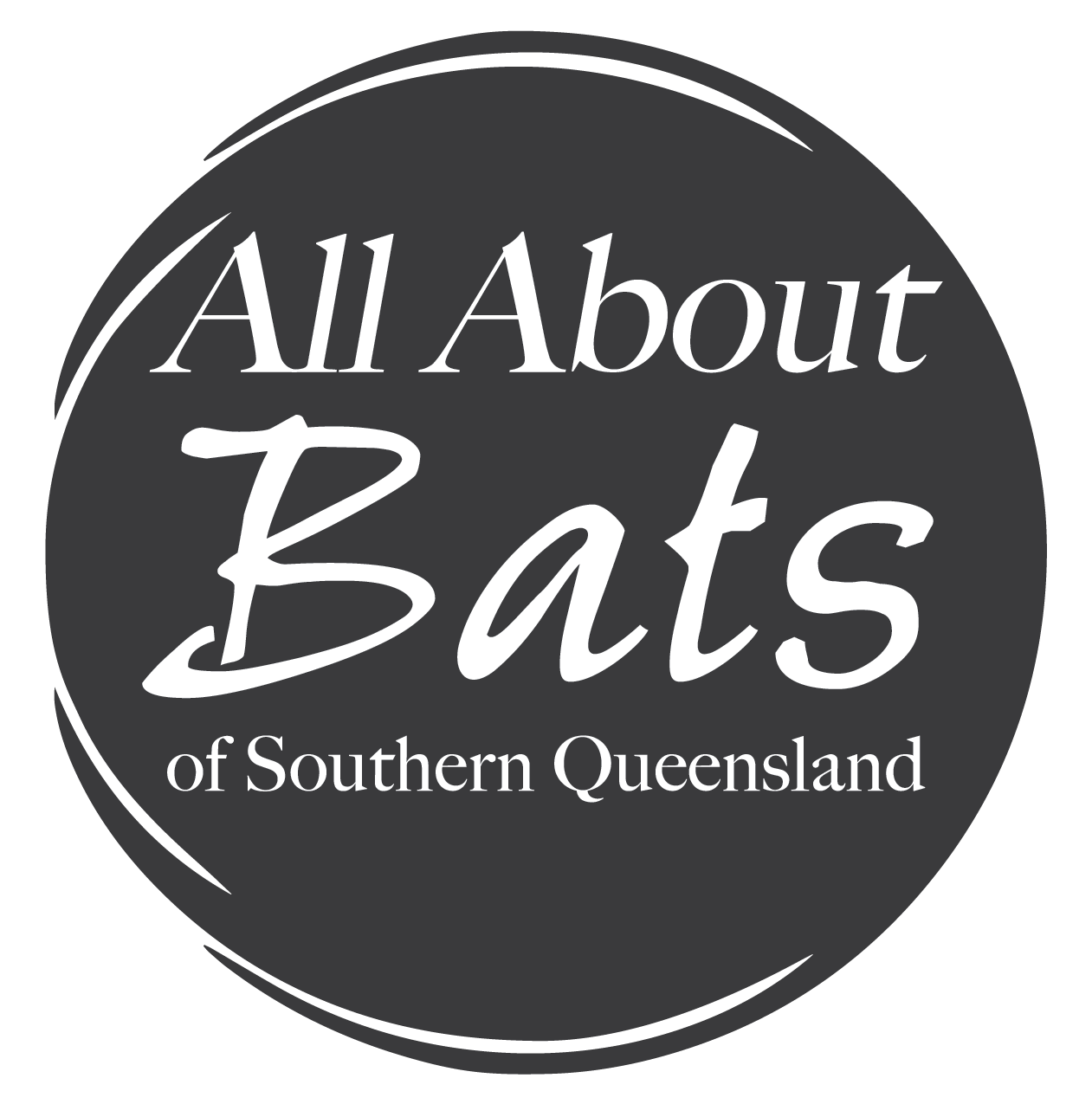Habitat destruction is a major factor in causing a species population to decrease, eventually leading to its being endangered, or even to its extinction. Large scale land clearing usually results in the removal of native vegetation and habitat destruction. Bushfires and poor fire management, pest and weed invasion, cyclone and storm damage can also destroy habitat.
Protected Areas
One of the roles of national parks, nature reserves and other protected areas is to provide adequate refuge to animals by preserving habitat.
However, there are many hectares of land in the region that are not protected and it is important that we keep native bushland for our local wildlife. Without education and awareness of the importance of remnant bushland, these areas could be developed for urbanisation or farming, and we could see the loss of more bats and other bushland species.
The Great Sandy Biosphere
In 2009 the Great Sandy region was designated a Man and the Biosphere Reserve by the United Nations Educational, Scientific and Cultural Organisation (UNESCO). This status is an international recognition that we live in a very special place.
The Great Sandy Strait and adjoining hinterland has outstanding biodiversity values. The region is one of the most diverse in Australia, spanning a sub-tropical to temperate ‘transition’ zone, and contains representative species from both climates, including some that are unique to the region.
Obtaining Biosphere status gives recognition of these values at the international level, and also creates an opportunity for international biodiversity investment.
What can I do?
There are ways that people can help to protect and conserve all bat populations.
- Plant native habitat trees (such as fruiting rainforest trees or gum trees) in areas where bats are welcomed.
- Install micro-bat nest boxes in trees at school or at home.
- Correctly net fruit trees if you don’t want them to be a source of food for local bats and birds.
- Learn more about bats so that you do not fear them.
- Raise awareness of the importance of bats in your home, school or community. You could start by taking a trip to your nearest flying fox colony, or supporting local events and activities.
- Become involved in a local community volunteer group or wildlife rescue program.

Photo: John Parsons, Fraser Coast Micro-bats, installs a bat box

